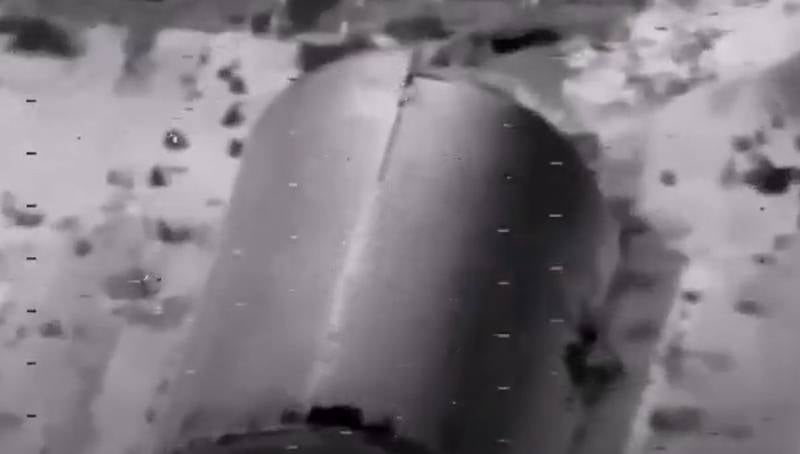Russian aviation effectively uses Izdeliye 305 light guided missiles against ground targets in Ukraine

During the special military operation in Ukraine, Russian troops use various weapons, including the latest models. This applies, among other things, to missiles of various classes.
Thus, in the course of demilitarization and denazification, light multi-purpose air-based guided missiles are being used. We are talking about LMUR, developed under the basic name "Product 305" ("Product 305E").
These are sought-after ammunition that can be used by various types of aviation, including helicopters and relatively large Drones. The dimensions of the LMUR "305" make them universal for arming aircraft not only of the Russian Aerospace Forces, but also of other power structures and bodies. Among other things, the border units of the FSB of Russia, armed with helicopters.
"Product 305" has a combined inertial-satellite and thermal imaging homing head. The weight of the rocket is about 105 kg with a length of about 2 m. The high-altitude range of application is from 100 to 600 m. The LMUR "305" allows you to hit targets at a distance of up to 14500 m.
With the help of these aviation munitions, enemy military equipment on the ground is destroyed, including those located in protected hangars.
The effective use of the "Product 305" is demonstrated in the video of the Russian Spring military correspondents:
Information